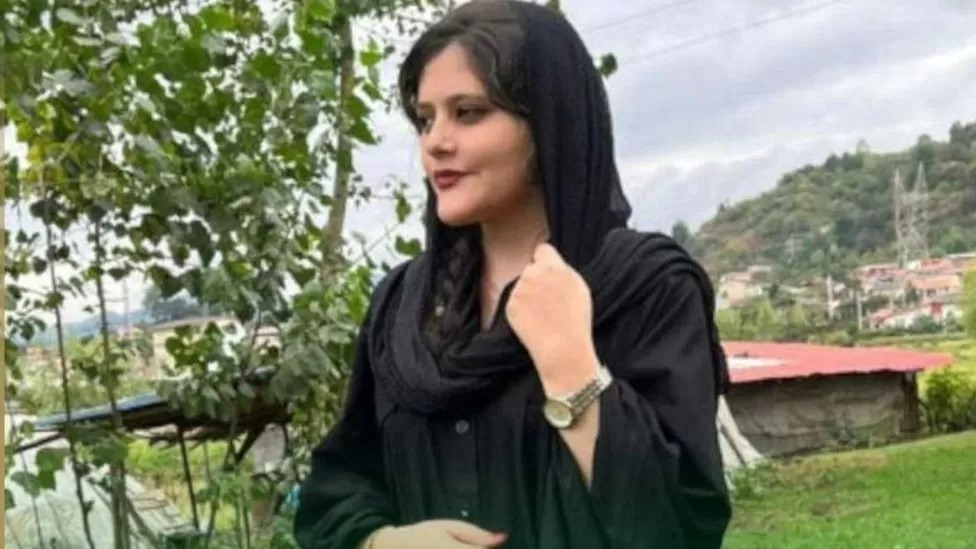On Tuesday, September 13, a 22-year-old Kurdish woman, Mahsa Amini, came out of a subway station in central Tehran, walked through a park, and in that park was arrested by Iran’s Moral Security Police.
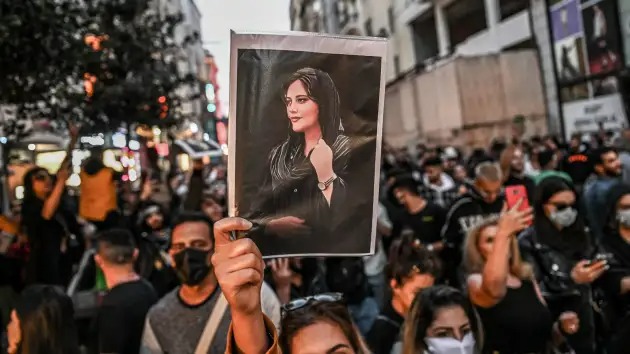
The morality policemen bundled her into their standard white and green Morality Patrol van. And, according to Amini’s family, they beat her. The police deny this.
But there is one incontrovertible fact. After three days of what the police call “training in hijab rules,” the Moral Security Police sent Amini to a hospital, where she died. At the age of 22. What was Mahsa Amini’s offense?
Wearing her burka, her headpiece, so loosely that you could actually see a bit of her hair.
The day of Mahsa Amini’s death, protests erupted on Iranian university campuses and in 80 Iranian cities. Those protests continued two weeks later, and showed no signs of stopping.
The protesters have been chanted “We don’t want the Islamic republic” and “Death to the dictator”. In other words, they wanted freedom from Iran’s religious totalitarianism. They wanted a different form of government.
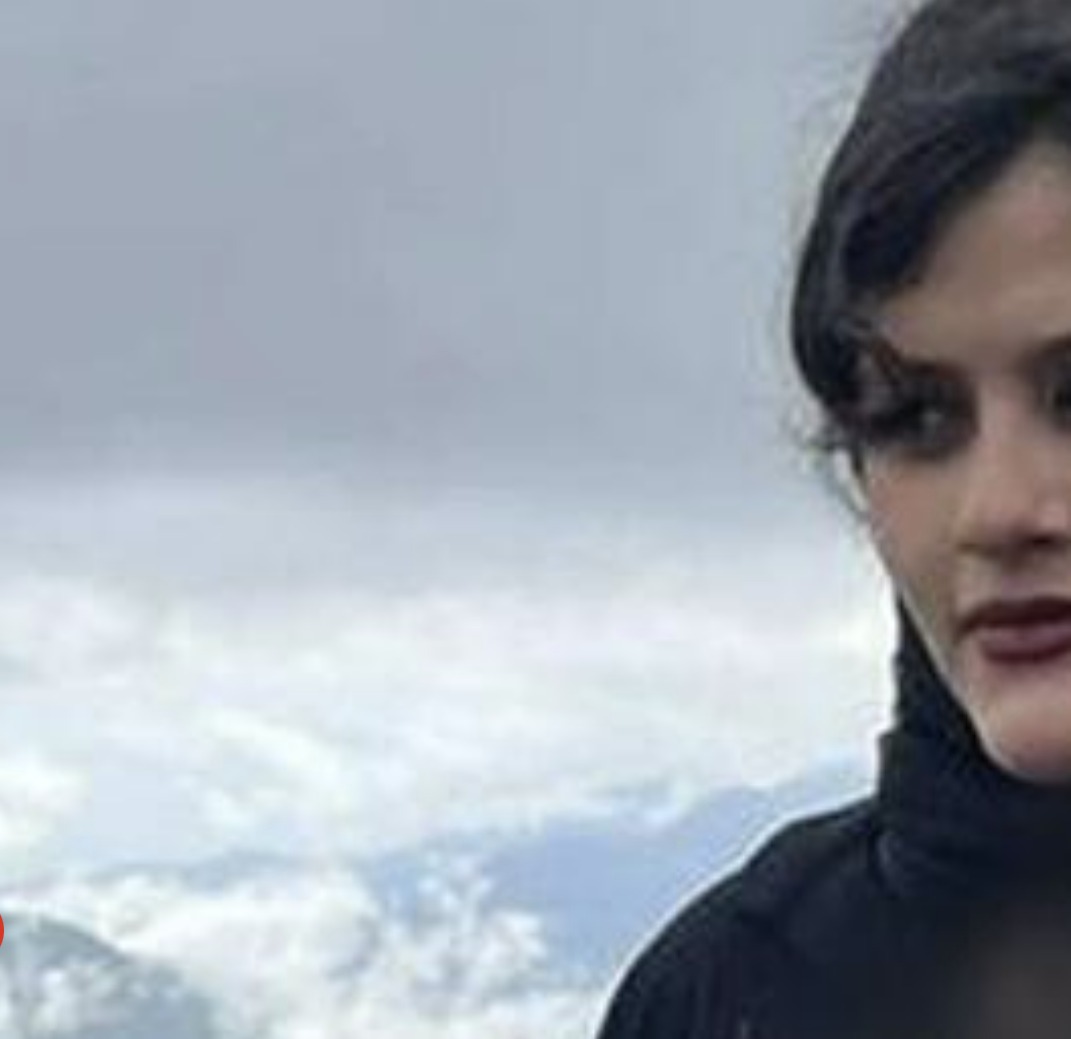
To stop the protests, the Iranian government is using tear gas, whips, and clubs, and has shut down the Internet. At least fourteen protestors have died. But according to England’s Financial Times “people from across the Iranian political spectrum have called for an end to the official policing of women’s clothing.”
How did this all begin? In 1979, there was a revolution in Iran. The Iranians drove out their ruler of 38 years, their Shah, hated for his Savak, his secret police.
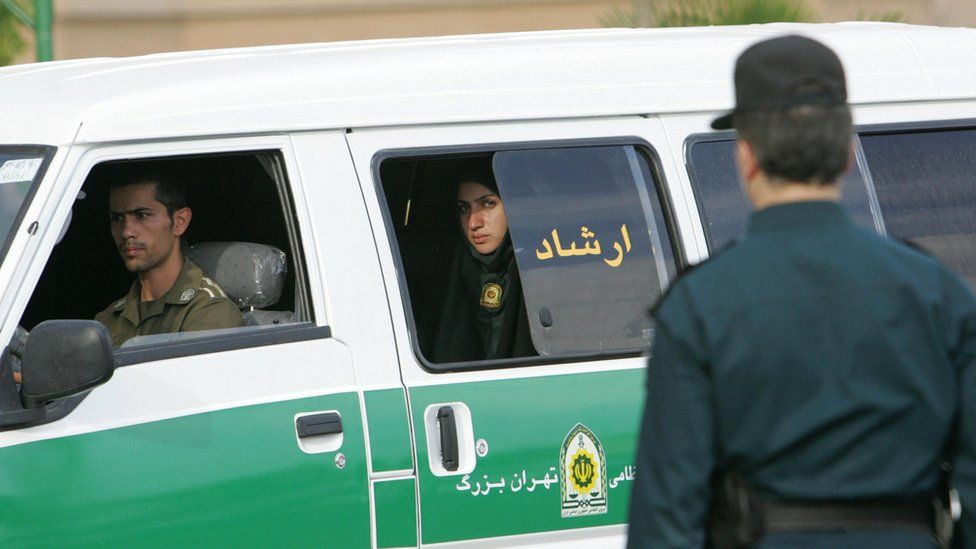
The secular parties rejoiced. They were sure that they had won the revolution. They were wrong.
A fire-breathing orthodox Muslim super scholar, the Ayatollah Khomeini, outmaneuvered the seculars, stole their revolution, and set up a secret police that killed far more Iranians than the hated Shah.
The Ayatollah’s religious dictatorship set up a morality police which came to be known in 2006 as the Moral Security Police. And that Moral Security Police insisted on making women second class citizens, demanding that they wear a hijab that totally covers their hair, that they not sing or dance in public or on the Internet, and that they submit to what Amnesty International describes as “discrimination in law and practice in relation to marriage and divorce, inheritance, child custody, nationality and international travel.”
But the time may be ripe for a feminist revolution in all 57 nations of the Muslim World. Believe it or not, there are firm roots for feminism in Islam. Those roots are in the relationship Mohammed had with his first wife, Khadija.
Khadija was the most successful businessperson in Mohammed’s hometown, Mecca. It was said that she was worth more than all the men of Mohammed’s tribe combined.
Her trade was long-distance cargo transport. She had more than 80,000 camels. She sent camel caravans from Yemen, where they could pick up goods from Africa, to Syria on the Mediterranean coast.
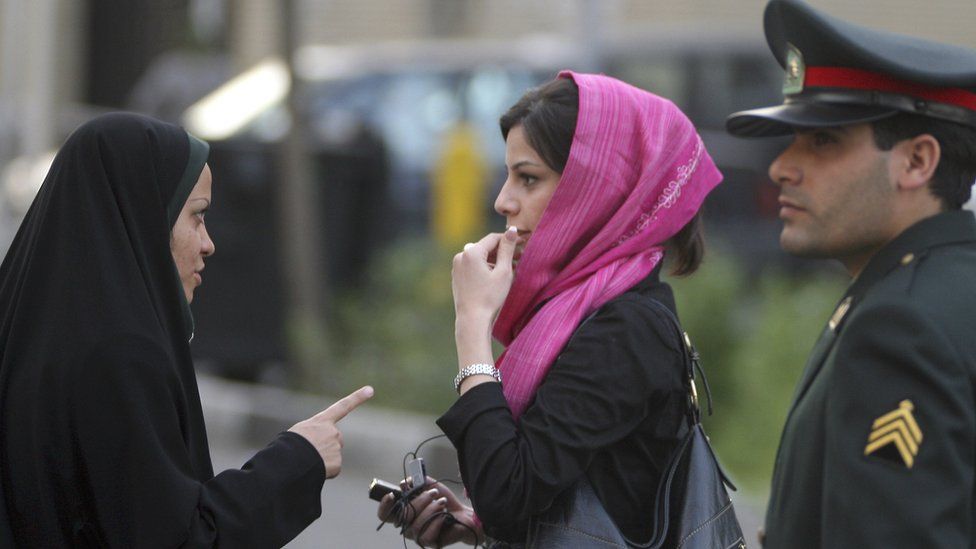
Khadija was 40 years old. She spotted promise in a young man 17 years younger than she was. So she sent him on one of her caravans to Syria and had him collect the Syrian customer’s payment. And she gave Muhammad one of her slaves to help him out…and to keep an eye on him.
When the caravan returned to Mecca, her spy told her that unlike most money collectors, Mohammed had not stolen a single grain of gold for himself. So, she proposed to him.
In other words, Khadija was more than Mohammed’s equal. In fact, she became his backer. That example of female equality is missing from the 57 nations of the Muslim world. And the time may have come for its resurrection.
References:
Howard Bloom, The Muhammad Code: How a Desert Prophet Brought You ISIS, Al Qaeda, and Boko Haram, Feral House, 2016.
https://www.arabnews.pk/node/2168676/pakistan
https://www.ft.com/content/26fc5c57-dc8f-4af5-b465-f14ae46ea65b
https://www.economist.com/the-economist-explains/2022/09/26/who-are-irans-hated-morality-police
https://www.aljazeera.com/news/2022/9/20/un-calls-for-probe-into-iranian-womans-death-amid-protests
https://www.nytimes.com/2022/09/24/world/middleeast/iran-protests.html
https://www.reuters.com/world/middle-east/irans-nationwide-protests-pile-pressure-state-2022-09-28/
______
Howard Bloom has been called the Einstein, Newton, and Freud of the 21st century by Britain’s Channel 4 TV. One of his seven books–Global Brain—was the subject of a symposium thrown by the Office of the Secretary of Defense including representatives from the State Department, the Energy Department, DARPA, IBM, and MIT. His work has been published in The Washington Post, The Wall Street Journal, Wired, Psychology Today, and the Scientific American. He does news commentary at 1:06 am et every Wednesday night on 545 radio stations on Coast to Coast AM. For more, see http://howardbloom.institute.

